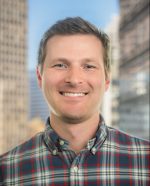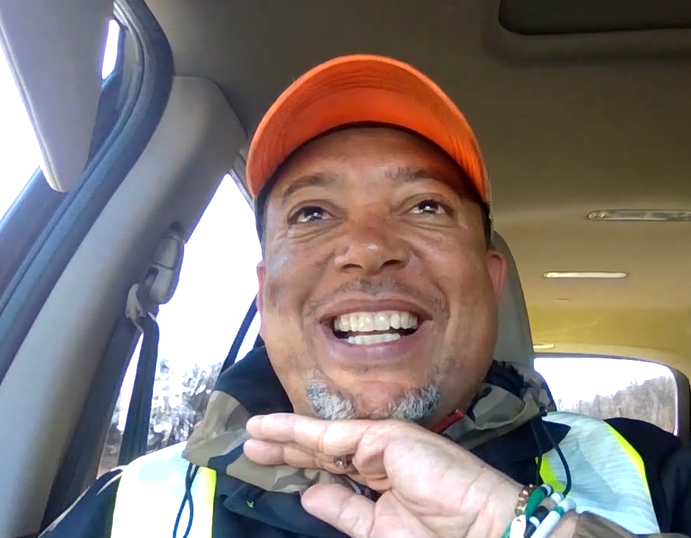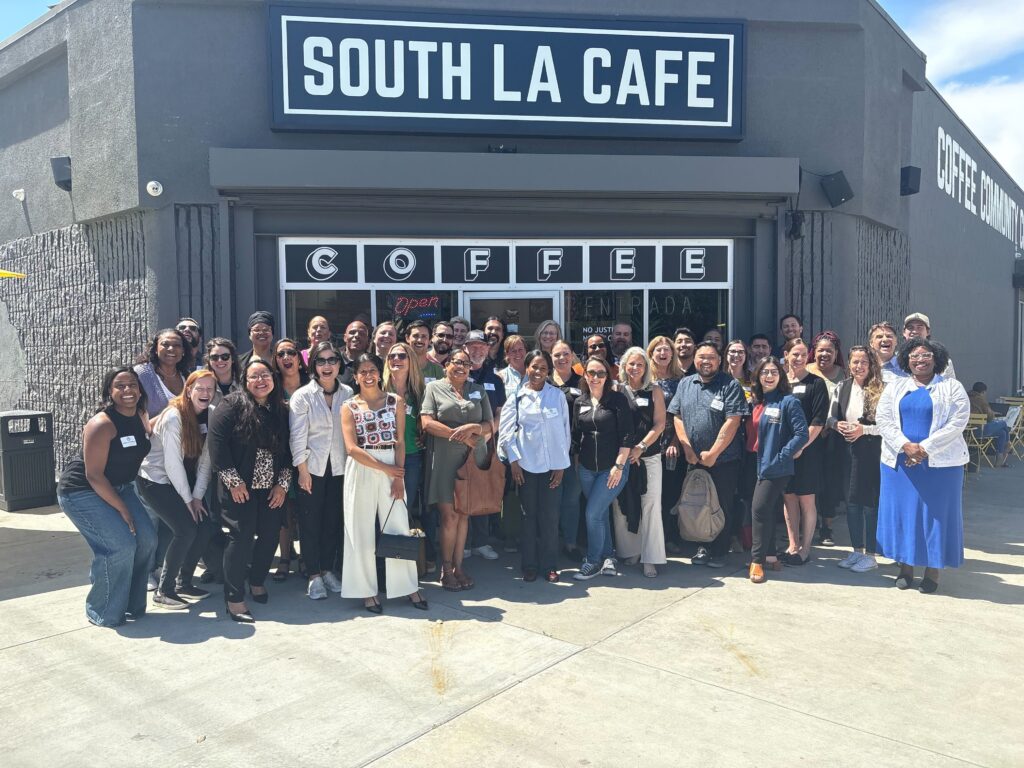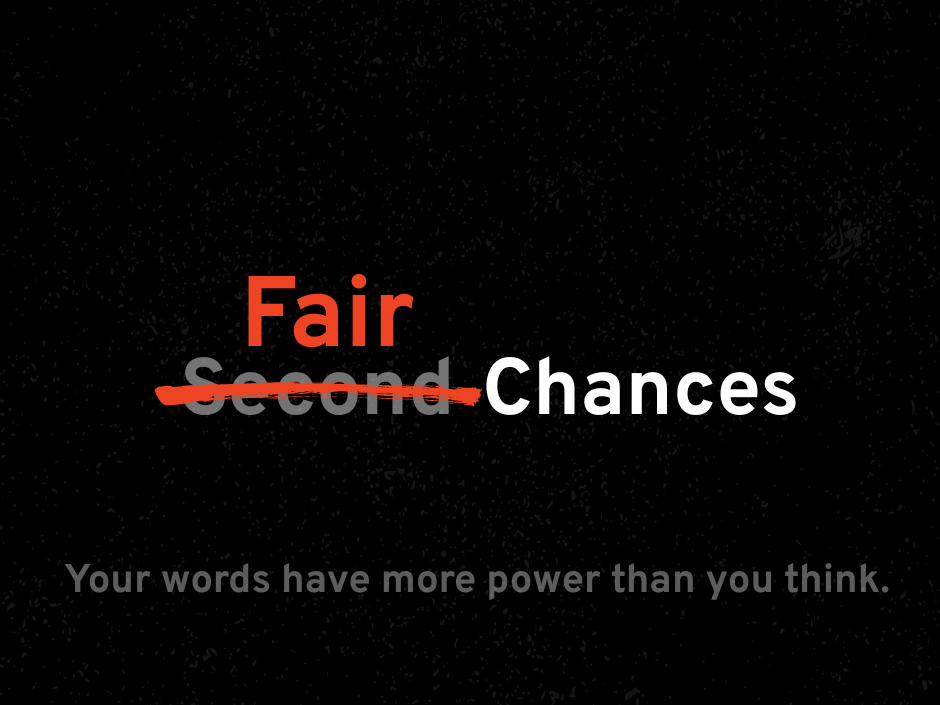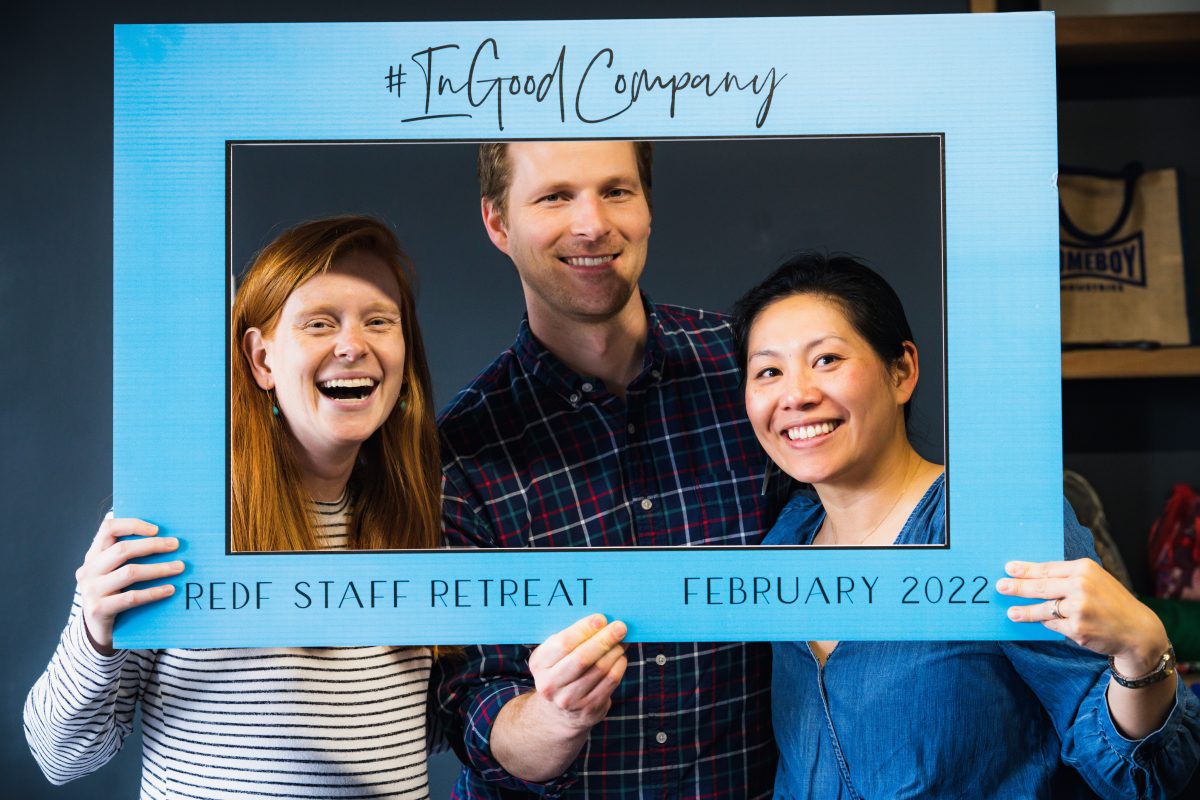
Former Farbers and REDF Staff members Maura Welch, Jeff Bergquist, and Karen Chern
Now in its 26th year and welcoming the largest cohort in its history, the Farber Fellowship has welcomed over 200 graduate students eager to make an impact in the employment social enterprise sector. With friendships, experiences and a passion for leveling the economic play field that remain intact long after the summer is over, it’s no wonder that many stay in the REDF ecosystem. We sat down with Jeff Bergquist, former Farber and current Senior Director of Program Services at REDF, to hear more about the secret sauce behind the program.
In one sentence, for someone totally new to REDF, what is the Farber Fellowship?
The Farber Fellowship is a summer program that pairs outstanding grad school students (typically MBAs) with REDF portfolio grantees in order to tackle some of the most pressing capacity building needs our employment social enterprise partners are facing.
For our employment social enterprise partners, what’s the benefit of hosting a Farber?
They get 10, full-time weeks of capacity building support from some of the best and brightest grad school students to help them tackle some of the thorniest issues their organizations face. It’s by far the most intense (in terms of hours of capacity building provided) service we provide our partners. To no one’s surprise, it’s routinely rated as one of the most helpful supports REDF has to offer.
What do Farbers get out of the experience? Given all the competition we face, why do they choose us?
It’s a great opportunity for grad school students to test out whether they want a career in the social impact space. They get paired with amazing organizations, inspiring leaders, get to see behind the scenes from the funder’s side (i.e., REDF), and all the while doing it with a cohort of 10+ equally energetic, empathetic fellow Farbers. Our Farber alumni are our best recruiters – they are the ones that help us bring in the next class.
What are the top five qualities or traits you look for when selecting a Farber?
We get roughly 15-20 applications for every Farber Fellow cohort slot; it’s a very competitive process from the applicant’s perspective. We think our interview process is tough but fair. We’re looking for a whole host of traits, but to distill them down I might point to: 1) empathy 2) ability to build relationships with people from different backgrounds than one’s own 3) ability to work and succeed in an ambiguous, changing environment 4) a structured and analytical manner of approaching complex problems 5) someone that will enhance the cohort: someone that will both learn and share back with all the other Fellows, someone who likes to both work and play
How has the applicant pool changed over time? Are we seeing more candidates now who are interested in working in social impact after graduation?
Our target market, if you will, at least historically was the subset of MBAs who were in school on sponsorship and intended to return to their consultancy post graduation. We still love these candidates! But we’ve been very active in our efforts to broaden and diversify our candidate pool. We’ve seen the richness that is brought both to the ESEs and to the Farber cohort through the construction of a diverse, heterogeneous pool. And we are very active in our attempts to build a Farber cohort that better reflects the demographics of the ESE leaders and staff that are being served. We’ve made some great progress here over the years and continue to see this as a big priority going forward.
How do you match Farbers to employment social enterprises?
It’s part science, part art. We look for project compatibility first and foremost: we want to make sure the Farber can accomplish what the ESE needs. But we want projects that aren’t exact replicas of what the Farbers have done previously, otherwise the value-add to them decreases. We’re also looking for a relationship match: we want Farbers who we think will mesh with the pre-established ESE culture. Lastly we match based on geographic preferences.
REDF now has four former Farbers on staff and many that have remained in the social impact field. Why do you think that is?
I think that’s a testament to a) our ability to select into the program individuals that are interested in social impact, b) our ability to create a compelling enough experience to keep them interested, and c) the compelling nature of working at REDF. The connection between the Farbers and REDF staff is huge and is a formative part of the summer. And for REDF this is great – we love hiring former Farbers: we’ve seen them in action, we know they know us, and at the point of trying to return to REDF full-time we know there’s a deep-seated commitment to a career in social impact. So these end up being highly attractive candidates for our full-time roles.
